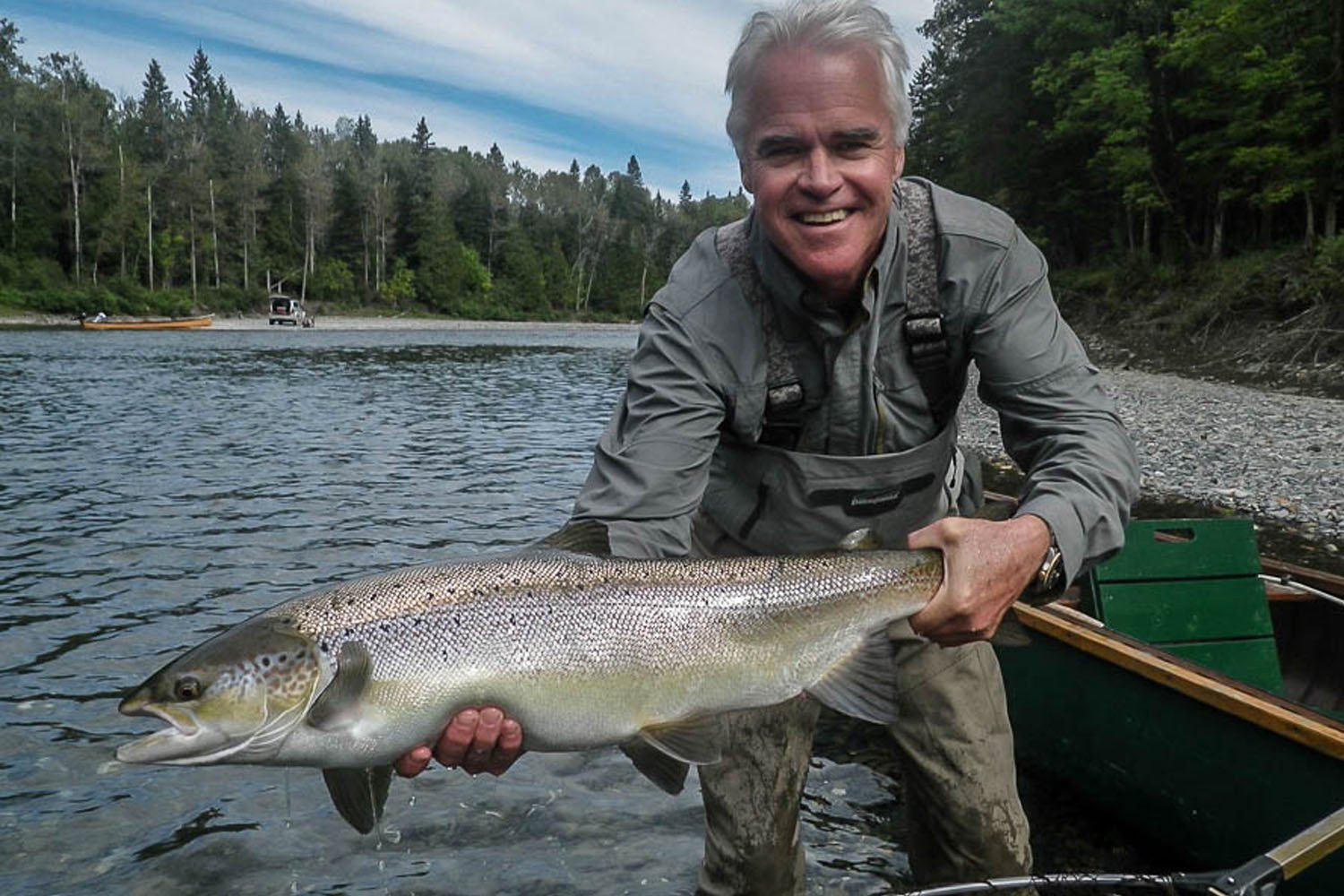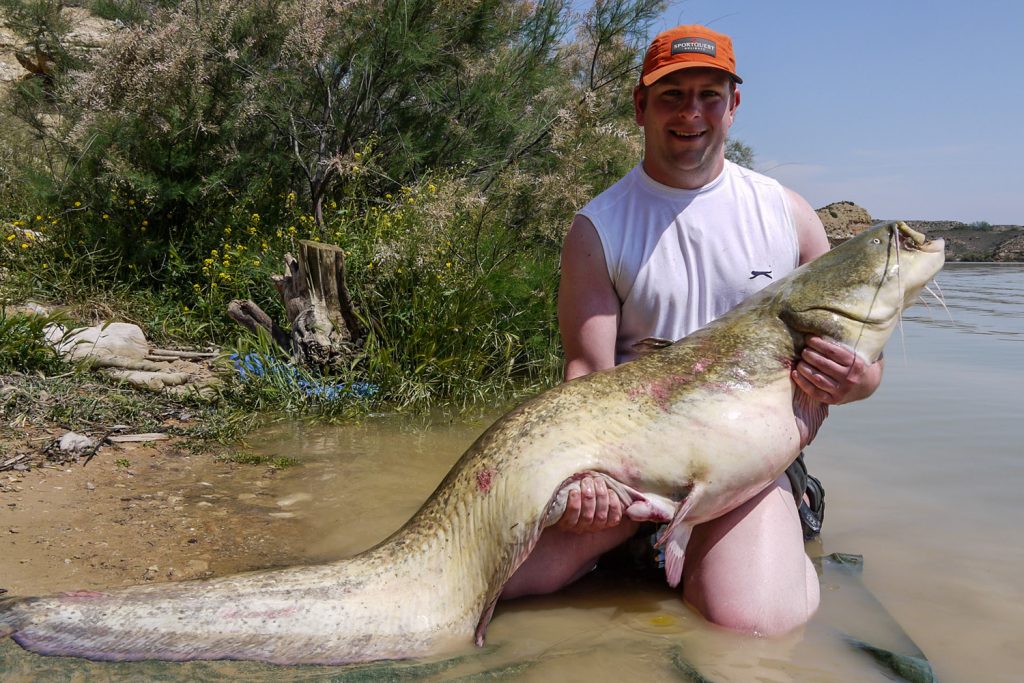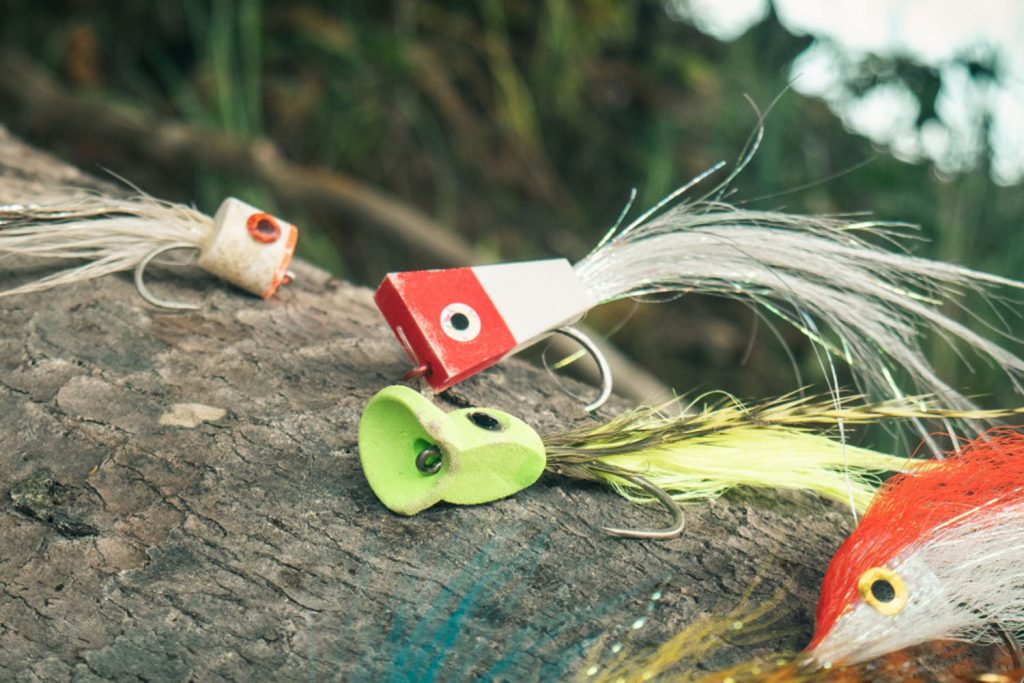Having fished and travelled extensively during the last 20 years running fishing trips I have noticed that there are two Atlantic Salmon fishing tips that influence just how effective customers are when fishing for Atlantic Salmon. Whether you’re on the Guala on the east coast of Norway or the Kola Peninsula in Russia, these tips will improve your hookups.
Our top two Atlantic Salmon fishing tips
The first of my two Atlantic Salmon fishing tips is necessary casting skills and understanding not just how you cast, but why you use different types of casts.
The big mistake many people often run into is that unless you are out river fishing most weekends for Salmon and if like me, you live in the depths of Norfolk, there are no local Salmon rivers. However, this never stops me from cracking out the rods and going to any local river to blow out a few cobwebs and get used to my fishing tackle once again.
The time spent, even a few hours practising before any trip will pay dividends 100 times over when you are actually at your destination. The big mistake many people make is they only practice with full floating lines and do either none or very little with the more modern multi-tip density lines which are going to feel and cast differently.


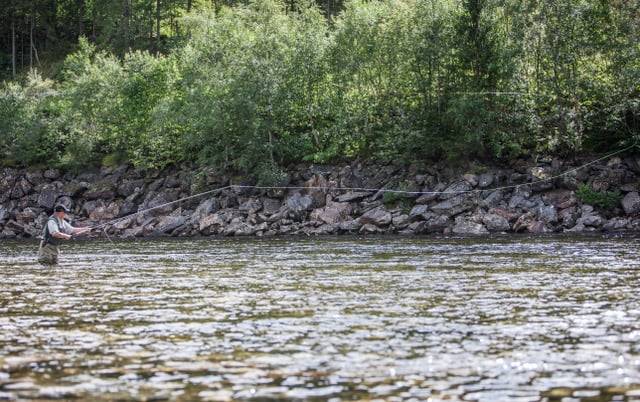



Unfortunately, many anglers think the sign of a good caster is the distance. However, this is so far from the truth, I know and have shared the river bank with many anglers who always think it’s about reaching the other side of the river and ignore the determent of their fishing and fly presentation. To me, the best Atlantic Salmon angler is one who is relaxed, goes about at a slower pace, takes their time and thinks about what they are doing, how the fly is fishing and try to think like a fish.
Anglers who do not practice with full-floating through to heavy sink lines, (which incidentally take much more practice to cast proficiently with) will tend to struggle and therefore revert to what they feel comfortable using. This will then vastly restrict their fishing capabilities and subsequently, their results.
Presentation is key
The second of my Atlantic Salmon fishing tips is presentation, as mentioned above the thinking angler going about at a more thoughtful pace always catches more fish. Like the angler who thinks it’s all about the distance, the angler that has no idea about presentation and will happily swing a fly, through a pool again and again with no understanding of what they are doing is in the same category.


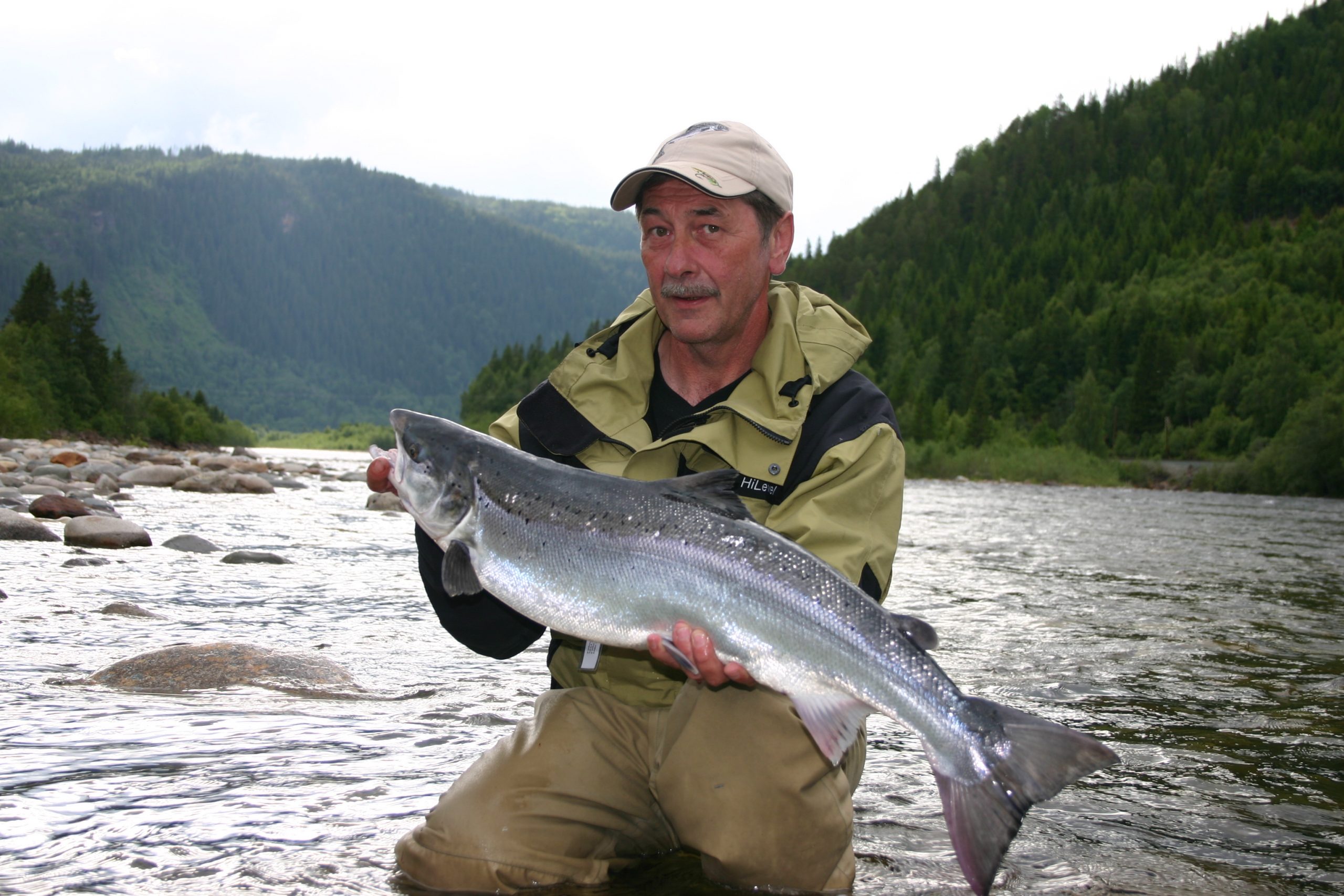

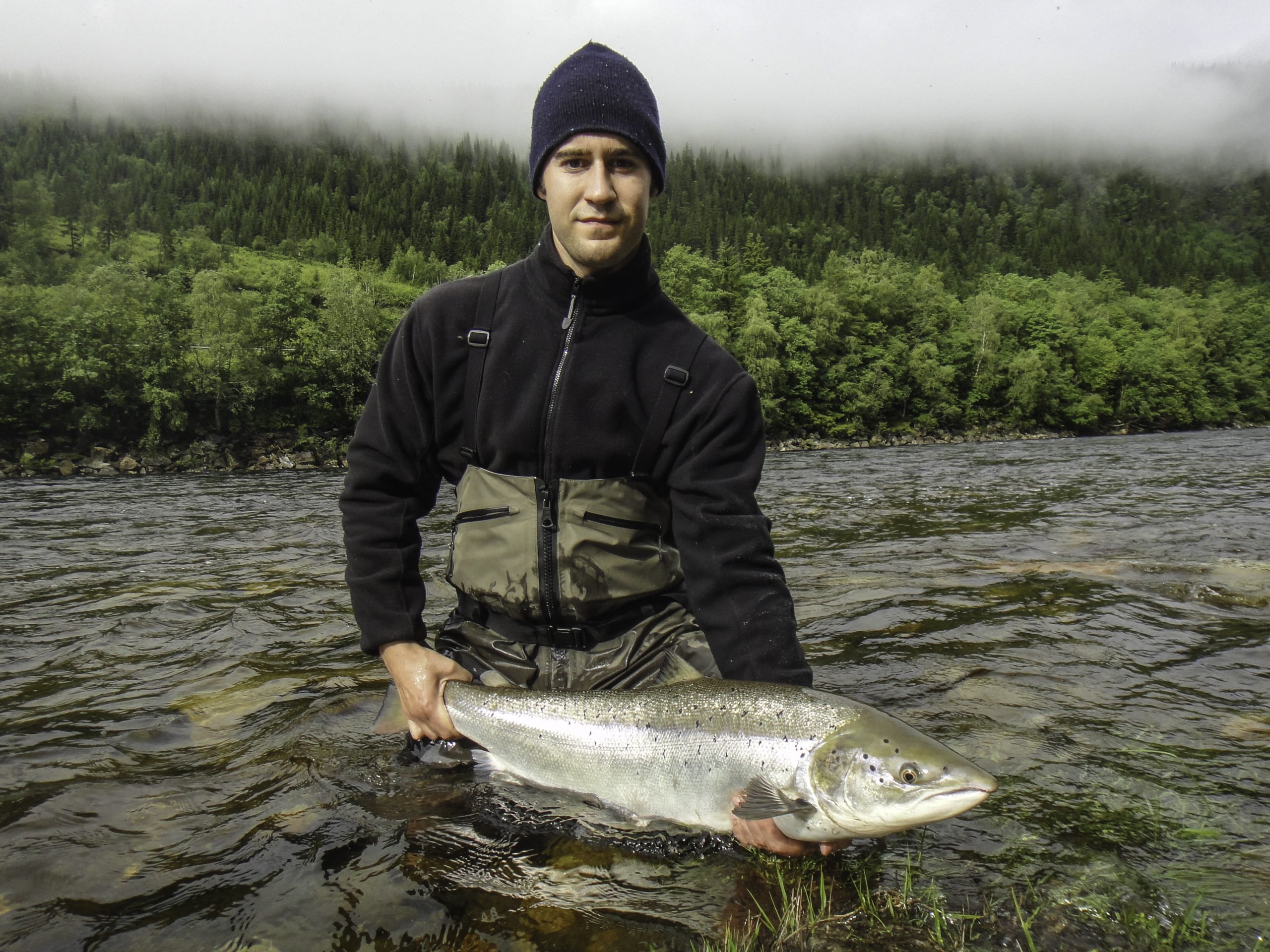

If you are ever fortunate enough to fish some of the crystal-clear Atlantic Salmon waters in the world, it is possible to observe the Atlantic Salmon’s reaction or lack of to a fly passing through the pool. You will get a good understanding of just how important this can be.
You really can change a days fishing entirely by passing the fly through the pool at either a slightly different angle, speed or depth. In these waters, it is possible and exhilarating to watch a Salmon chase your fly, only to turn away. You present the same fly but this time you speed up the drift and this time the Atlantic Salmon flows and takes your fly. In one cast you could pass your fly across the nose of a Salmon, and you will get no reaction at all. However, you present the same fly again, but this time you get the fly slightly deeper and this time, bang, you’re in.
How do I improve my presentation?
So, as you can see the successor for Atlantic Salmon fishing is presentation, but how do you improve this? First, let’s look at the basics; the whole objective is to try and present your fly broadside to the Salmon, so it has the largest profile. The most common way to achieve this is to cast at a 45-degree angle across the river, remembering you do not need to cast any kind distance immediately.
You point your rod at the fly as it travels through the pool trying to keep a relatively straight line to the fly itself. Periodically you will mend your line to reduce any belly that forms through the swing, remember always to allow your swing/drift to fully finish so that your leader and fly have had time to straighten at the end against your bank. Many Atlantic Salmon strike on the end of the swing, sometimes because they have followed it to the bank, but many times it’s because that’s how close the Salmon are sitting to the bank.
A common mistake with presentation, remembering what I said earlier about casting too far is, Many anglers wade out far too quickly straight into the pool with their eyes fixed on casting to the far bank.
Salmon often use the easy currents near the bank and sometimes rest very close to the bank. Remember there are always two banks to each river, not just the far side. Start fishing by just getting your toes wet and cover the close-in water first with short casts before starting to lengthen your casts.
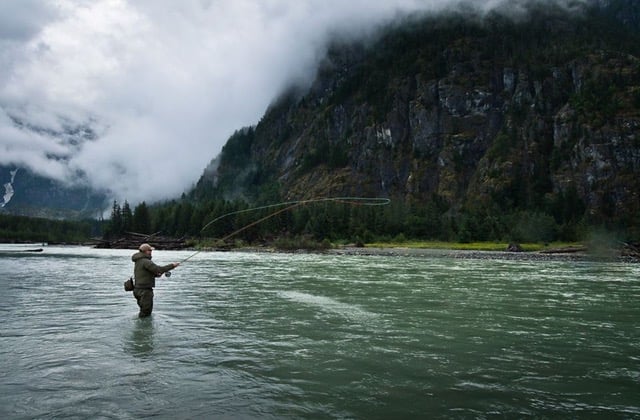





So now you have the basics, now add to the formula together, trying to add both the correct depth and the correct speed to your swing/drift and you will start to see a huge improvement in hook ups.
Controlling your fly depth
How do you control the depth of your swing? It’s simple, control your fly line as your fly will always follow.
I’m 100% convinced that the presentation given by the fly line is much more important than the fly pattern itself. Watching a Salmon go from showing no interest as they cannot be bothered to breaking from their rest to grab a fly that is being fished at the right depth is amazing.






The simple method to increase depth is to throw upstream mend to allow the fly line more time to sink. However, this also slows the swing right down. What happens when Salmon is sluggish so the fly needs to be right in front of their nose, but they want a fast fly to wiz past their nose, just a simple few mends are not going to do the job.
Using Multi-density lines
Here is when multi-density lines and multiple tips come into their own. For now, you have everything to hand that will allow you to present a fly both at the correct depth and speed. However, by using a multi-density line with a sink tip, you can cast as normal, but by changing the line density and sink tips you are already controlling and adjusting the depth of the fly and swing.
The big difference here is that with multiple density lines you can get all your fly line down to the correct level much quicker and as the swing/drift is all at the same level and you get a much better broadside presentation. Now if you wish to speed up your presentation while also getting the fly down to the correct depth and zone, all you need is one or two downstream mends and the current will do the rest.
With this flexibility, you can now cover pools at all depths and make sure you are getting down in the zone of the Atlantic Salmon. So next time you go fishing and you fish through a pool with no action, instead of going back through the same pool but with a different fly consider changing your presentation with depth and speed. You will be pleasantly surprised, and if there are Salmon there, you will likely entice some takes.
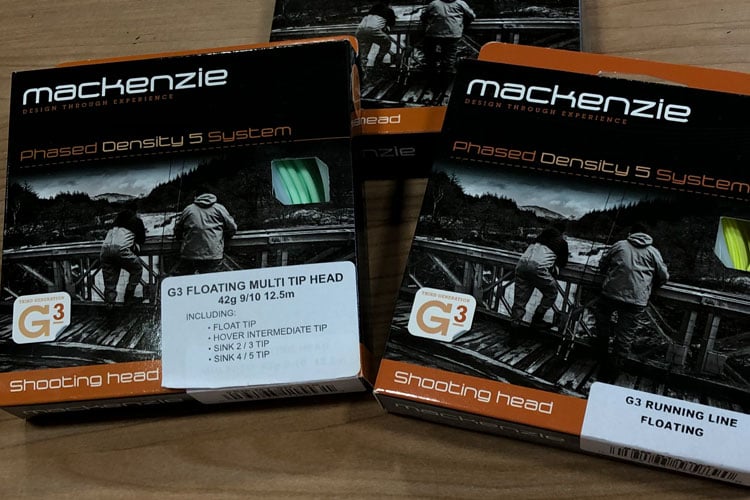

What lines do we recommend?
Personally, I now use Mackenzie Fly Fishing lines for all my freshwater fishing no matter what time of the year, and for Atlantic Salmon I can highly recommend the G3 Phased Density 5 Shooting Head Multi-Tip Range. I also use the Mackenzie multi-piece travel rods for all my fly fishing both single-handed, double-handed and switch rods. Combine the fly rod and line that is designed for each other and you’ll wonder just how you ever managed without them and just how ineffective you have been fishing for years. Once you see the Atlantic Salmon that Scott Mackenzie has been fighting and landing over the past few years, you can also see why I have confidence!
Do you know any Atlantic Salmon fishing tips that we should know about? Let us know in the comments below this blog!
Tight lines,
Peter
Contact us
If you have any questions regarding our Atlantic Salmon fishing holidays or any of our Freshwater fly destinations, please feel free to contact us on 01603 407596 or by emailing info@sportquestholidays.com and our experienced team will be happy to help.
